Coventry, Cars, and Circular Economy
NewsThe innovative heart of the British auto industry is still beating.
Coventry is the traditional home of the British automotive industry. The industry reached its peak around 1950, when the UK was the second-largest car manufacturing country of the world. At this time there were 12 manufacturers in Coventry including then household names such as Rover, Jaguar and BMC (makers of the Mini) and it became known as the British Detroit. The size of the industry may have declined, but the knowledge has remained. Coventry is emerging as a research centre with the opening of the National Automotive Innovation Centre as well as current expansion plans from JLR. In the midst of all this, ECOBULK gathered to finalise their plans to demonstrate the circular composite materials and prototypes that have been developed in the last 2 years.
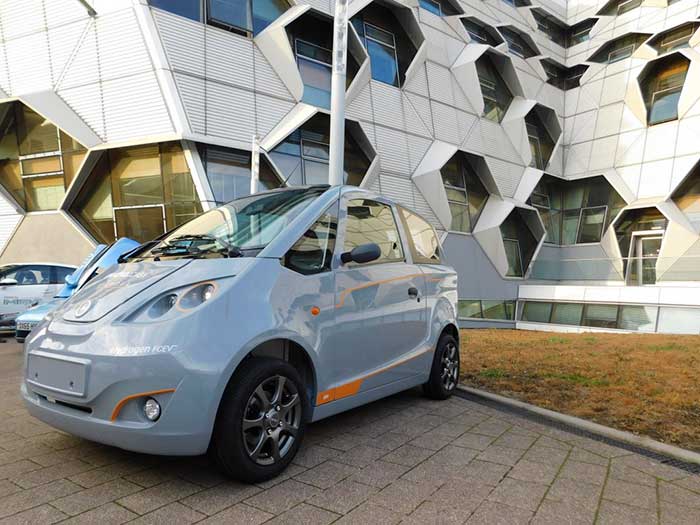
MicroCab is one of the companies in Coventry working to rethink the car as a sustainable mode of transport for the future. Their vision is based on hydrogen fuel cells replacing the internal combustion engine and tailoring the design of the car to be highly efficient in its expected use. Within the ECOBULK consortium, they are pioneering a leasing business model that would allow them to maintain ownership of the car and sell mobility as a service. Following the circular philosophy, they are creating a modular design that fits with a regular maintenance schedule that exchanges parts, not just for maintenance, but also as an opportunity to modernise and upgrade the user experience over the multi-decade life of the car.
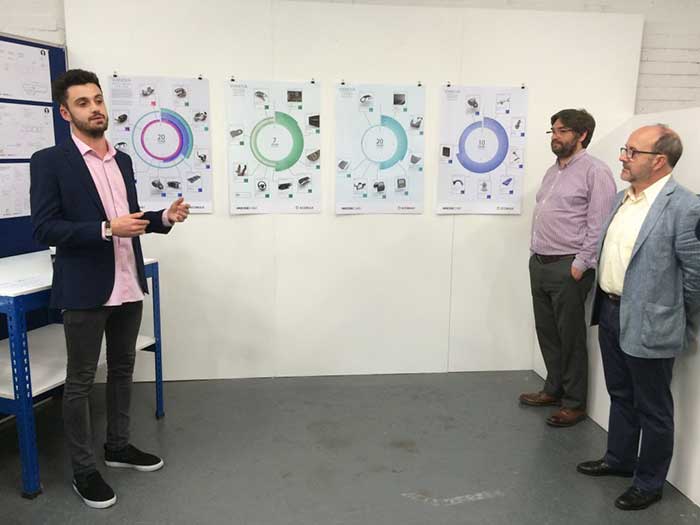
Maintaining ownership of the vehicle, MicroCab envisions various new opportunities that would allow them to increase the lifespan of the cars as well as the possibilities of re-using parts. The cars they design are highly efficient for their targeted use, but as we all well know, people’s use and expectations of a product are constantly changing. As the usage mode of the car changes, MicroCab will be able to switch out parts and make the car adaptable to the changing market needs without having to junk an old car or produce a whole new one.

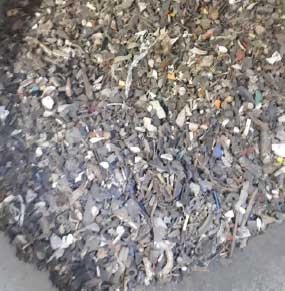
Recycling is a growing issue with end of life vehicles, particularly in light of the increasing demands from governments to achieve higher re-use and recycling rates. At the end of life, a car is first stripped of any valuable major parts that are easily taken out. But after that, it is shredder time. The shredded particles are then separated out to Ferrous and Non-Ferrous metals, with a large mix of materials left over. The left-over materials contain a lot of plastics, but separating plastics, and in particular different types of plastics, can be quite difficult. However, with recycling targets now set at a minimum of 85%, this can only be possible by recycling these after-shredding plastics. TOMRA has been working together with Bellver and AIMPLAS to demonstrate the possibilities to to sort out these plastics in a way that is useful to recycling.
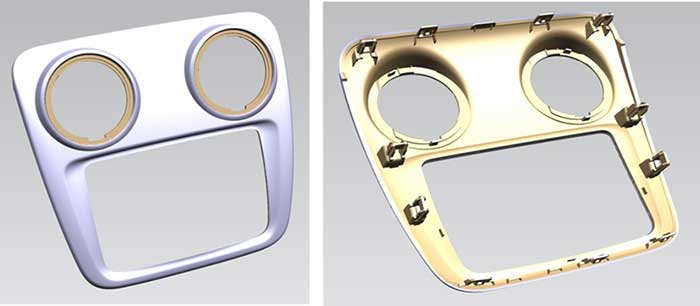
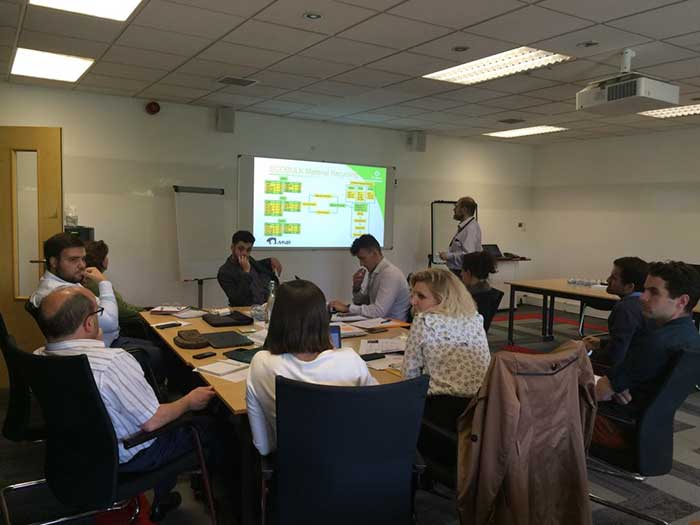
Meanwhile partners FIAT and MAIER are getting to grips with the challenge of incorporating the salvaged plastics into internal car parts using composite materials. One of the core circular principles is to simplify and separate both parts and materials at the design stage to enable better re-use and re-cycling options at the end of life stage. However, vehicles reaching the end-of-life stage tend to be between 10 and 20 years old, which means that changes in design would only start affecting the availability of recycled materials at least 10 years from the start of production. To maintain the core practical demonstration purpose of the project, they will have to prove how they can take a large mix of plastic waste from 10 year old cars, and integrate it as efficiently as possible into the production of new parts. While designing to use mixed plastics might sound decidedly un-circular, it is perhaps the only practical demonstration that takes into account the fact that the automotive industry will always have to deal with design and material choices from at least a decade ago.

